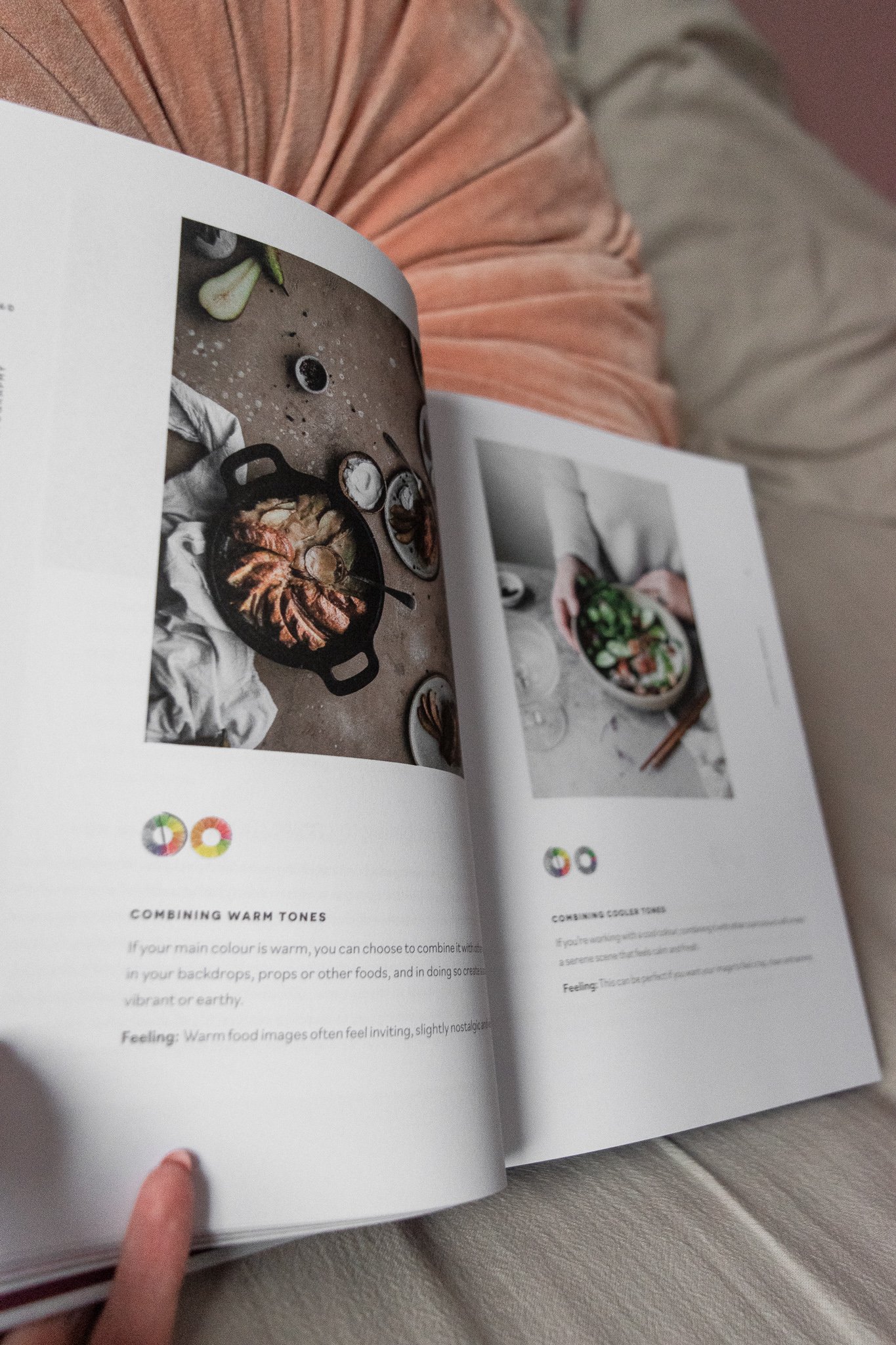The Best Food Photography Books
Food photography has changed, grown, and become more and more popular in the media industry. Whether that’s social media, news articles, or marketing, it is increasingly in demand by businesses. There have been many people in this industry for about a decade now, but others (like me) are quite new to it. And thankfully, there are thousands of resources out there to help people like you and I get started!
In the last year I’ve purchased three food photography books, and obviously there are plenty more out there, but I’m only going to review and discuss the ones that I have read. (Maybe I’ll update this when I have read more!) It is hard to choose one book that is my absolute favourite because I loved all of them, but all for different reasons! Despite being about the same topic, each book discussed the different elements and parts to food photography that can be looked at from a variety of perspectives.
*NOTE: I'm not an affiliate for any of the books so these reviews are completely honest!
How to Photograph Food by Beata Lubas
Recommended for beginners (those who are about a year into food photography), or anyone who wants to learn mostly about styling and editing.
This was the very first food photography book that I read and it is jam-packed with information! The author goes into detail about everything from styling different types of foods to editing, depending on the style of your photography. But I think that one of my favourite parts about it was that the book has two chapters all about the ‘Creative Process’ and ‘Mindset & Growth’. I loved learning about finding ideas and inspiration, as this is something I often struggle with. It also talks about how to create a portfolio, tips for Instagram, and creating a signature style. Not to mention there are also interviews with other photographers at the end of every section! The book includes everything you could possibly ask about food photography and I learned so much from it. The only thing that I didn’t really like about it is that, since the book talks about everything under the sun, it doesn’t go into very much detail about each subtopic and I would have liked to know a little bit further about some topics like lighting or seasonal storytelling. But other than that, I absolutely loved this book and would recommend it to anyone who is in the beginning stages (a year or two) into food photography.
Picture Perfect Food by Joanie Simon
Recommended for advanced food photographers or anyone who wants to learn specifically about the technical side of food photography (camera settings and lighting).
In the summer, I brought this book on my camping trip and let me tell you I came home with thousands of ideas for shoots! Joanie Simon dived into the parts about food photography that I find very difficult to understand; the technical side of photography. However, she did it in a way that was easy to follow, and very visual (with lots of photos throughout the book!). The book delved into lighting and shadows; which direction the lighting should come from, what specular highlights are and how to use mirrors and reflectors. I learned about many new words relating to photography, how to use colour in food photography, and how to decide on the right angle to shoot the food from. My favourite part of this book is that it has tips for specific foods that are difficult to take photos of such as cold desserts that melt quickly, flat foods like quesadillas, and styling tips for soups and salads. If you are looking to expand your skills as a photographer and learn more about the technical side, this book will do just that!
Creative Food Photography by Kimberly Espinel
Recommended for any skill level looking to improve their styling, storytelling, and become an even better artist.
I have to admit that reading the first couple pages of this book blew my mind. I was writing rapid-fire notes in my notebook about this because ideas just kept coming to me! If you’re stuck in a creative rut right now, you need to read this book! I think what really amazed me was that Kimberly Espinel has such a different view on food photography than I have previously seen. She describes photography as an art form not just for marketing. This is good to keep in mind when setting up your next photo shoot. When you are creating as if it’s a beautiful art piece, you are much more likely to put your own voice and style into it rather than if it’s to gain followers on social media (not that anything is wrong with that too!). Creative Food Photography focuses on the composition part of photography. It explains different shapes such as using the ‘S’ shape, triangles, and diamond’s in a setup. The book also explains in depth about choosing props and backdrops for your scenes. Like the other books, it also discusses lighting and camera settings, however it also talks more about storytelling which I believe is a very important element in food photography. My favourite chapter of Creative Food Photography is the Case Studies chapter. It helped me understand how other food photographer’s create work specific to their clients. In this chapter, Kimberly Espinel explains how she executes a photo shoot from beginning to end, using the instructions the client gave her. If you feel that you already know a lot about food photography, this book will teach you even more!



